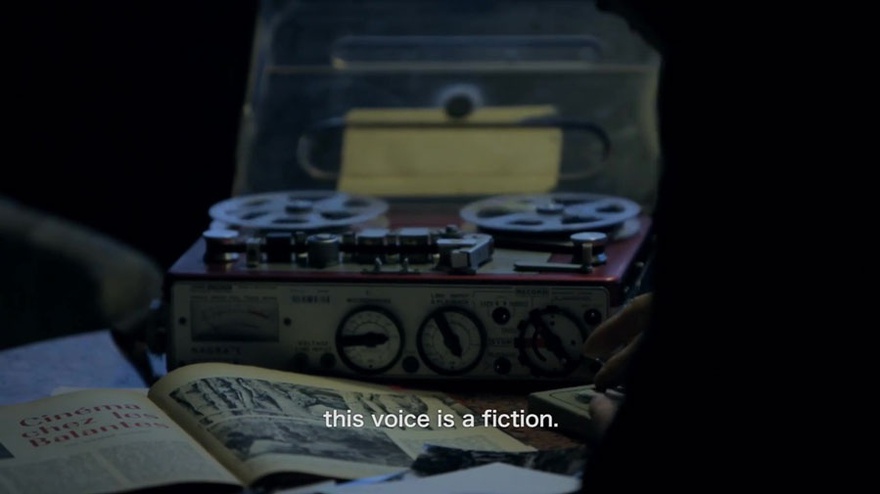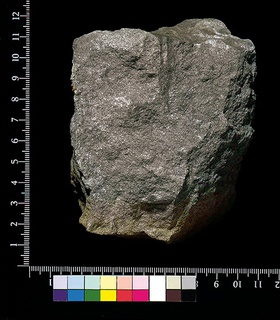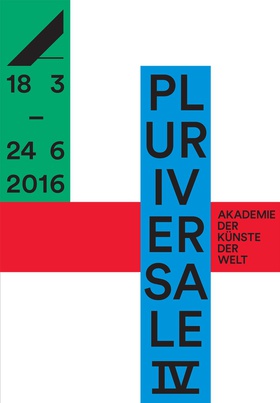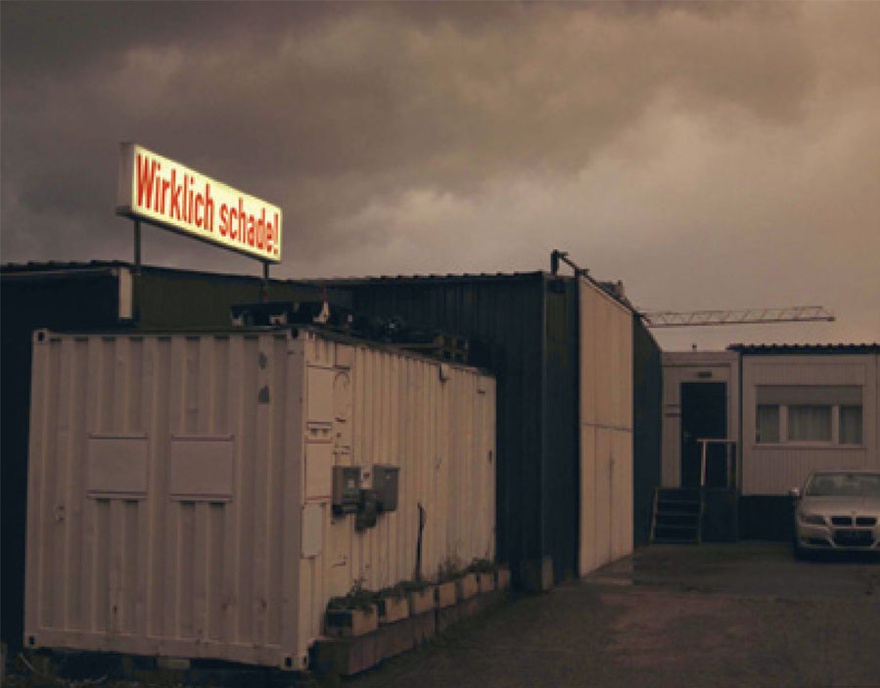News
Telling Other Stories
A Report from Cologne
I write this review as Britain voted to leave the European Union. The result has triggered many impassionate and disconcerted responses, while analysis and speculations on the future of Europe have flooded social media. It's hard not to think of the way populist and nationalist discourses have contributed to the results of this referendum, and we can only speculate on how they will contribute in the coming years to shape a new European discourse and identity. How will art respond to these political events? Politicians seem to clearly see the potential of turning art into an instrument of national rebranding. A Polish friend recently told me that the cultural ministry of the new right-wing government in Poland is showing determination to transform the established International Poster Biennale into a propaganda show celebrating history and Polish values through the iconic figure of the winged Polish cavalry, reinventing, or perhaps resuscitating, a pre-war glorious Polish past to construct a brand-new, post-European Polish identity.
Even in pro-European countries like Germany, things do not look any better. If the Polish government's idea to build a new cultural and political identity based on the myth of glorious past is frightening, so is the idea of a European Union that continues to repress its colonial memories. The so-called Brexit has shown that the fiction of European identity is perhaps coming to an end. Yet, if one fiction is falling to pieces, another story is there to be told. The pressing questions are what kind of story do we want to tell, who's going to tell it, who will be allowed to speak, and in what terms? And, what role can art and exhibition making play in re-articulating existing and sidelined narratives? Such questions, which should be addressed rather than repressed, found focus in two projects that took place recently in Cologne. The first is an exhibition curated by Jens Maier-Rothe at Temporary Gallery, Between One Time and Another, and the Pluriversale festival, established in 2014 as a 'biannual constellation of intercultural and interdisciplinary events' curated by the Academy of the Arts of the World's artistic director Ekaterina Degot and her long-time collaborator David Riff.
Both projects attempted to address colonial histories and the power relations between Europe, the Middle East and Africa, with Between One Time and Another offering an interesting entry-point into these legacies. The four artists in the show, Mathieu Kleyebe Abonnenc, Fadlabi, Rana Hamadeh and Kapwani Kiwanga, share a common interest in problematizing hegemonic historical narratives as well as reframing post-colonial stories. The 'play-in-the-making' Can you Make a Pet of Him Like a Bird or Put Him on a Leash For Your Girls? (2014–15), by Lebanese-born and Rotterdam-based Hamadeh, playfully articulates the relationship between theatricality and political power. The work takes the Shiite's ritual of the Ashura, a highly dramatized ceremony that re-enacts the death of Shia cleric, Imam Hussain ibn Ali, as a point of departure. The installation, composed of archival material, textiles, a script for a sound play, and three synchronised LED-displays, resembles a stage setting where a series of props are waiting to be activated. The seemingly disparate web of cultural and historical references that are woven together in the work might at times have a disorienting effect: what do a book on hygiene and epidemiology, Alice in Wonderland, and the Prophet Muhammad's grandson have in common? Maybe more than we think. Hamadeh's installation is part of the research project Alien Encounters that the artist initiated in 2011 to look at the notion of 'alienness' in both legal and spatial terms. The loose fragments that make up the work do not necessarily provide the viewer with a coherent and cohesive picture, but rather offer a proposal for a yet to be written theatre play.
If in her work Hamadeh operates a rhetorical deconstruction of the ritual practice of Ashura, the Canadian-born artist Kapwani Kiwanga envisions a series of 'what if?' scenarios in her 'rock-opera' Strata (Technicolor) (2016), in which scientific and historical knowledges are turned upside down. A multimedia installation comprising of a series of video-projections, a sound piece and a script, which all form part of a long-term research project, Afrotunnel, are inspired by the construction of an underwater tunnel that would connect North Africa and Europe. (What if the two continents, Europe and Africa, had never been separated?) In this opera, we witness the adventure of a speaking rock, the everyday life of a geologist, a baker and a sailor. Geological knowledge, political concerns and the hypothetical tunnel offer the artist a cue to imagine how the economic, cultural and political relationship between Africa and Europe would have looked today had the two continents not drifted apart.
The multiple references and threads of loose associations that underpin both Hamadeh's and Kiwanga's works might at times have a disorienting effect on the viewer. The artists are deliberately opaque. They resist easy interpretation in order to show there are no truths that apply universally or permanently. In a similar vein, French artist Mathieu Kleyebe Abonnenc's film Ca va, ça va, on continue (2012) addresses questions of memory, identity and representations. The film tells the stories of liberation movements and anti-colonial revolts and insurrections in former Portuguese colonies, calling our attention to the difficulties in voicing and representing distant histories. How do you tell a story? How do you speak? Who's allowed to speak? When is it time to remain silent? The film becomes a critical reflection on the colonial gaze; on Western representation of otherness and difference; on the responsibility of those who tell a story that is not theirs.
The question of cultural representation also seems to be a central concern of Fadlabi's work. For this exhibition, the artist has created a wall-painting About Menelik II (2016) which, through the use of stylistic elements from Ethiopian church paintings, represents the 1896 battle of Adwa fought between the Ethiopian Empire and the Kingdom of Italy that resulted in the defeat of the colonizing European state. The use of Ethiopian church paintings allows the artist to ask questions about the way in which the canon of Western art has been constructed, and how the Ethiopian's painting tradition has been influenced by colonial culture. Keeping the memories of silenced, or half-forgotten histories alive is a common thread of the works in the show. Behind the specificity of the times, spaces and stories evoked, there seems to be a shared urge to undo, unearth, unbury, retell, reframe, and re-invent histories over and over again to prevent them from fading into oblivion.
This urge to revive history is also at the heart of the concerns of the Pluriversale, a biannual festival which, in its fourth iteration, ran from 18 March to 24 June 2016. Curated by Ekaterina Degot and David Riff, the festival seeks to address questions of coloniality, national identity, migration, and racism with a focus on the history of Germany, as well as its present and future. It does so through a rich programme of discursive events including a symposium on the 'refugee crisis' which invited, among others guests, philosopher Srećko Horvath and writer Fred Khumal, as well as a mini-retrospective of Cairo-based artist Maha Maamoun's films, and artists talks by Grada Kilomba, Philip Metz, and Pascale Obolo among others. The festival also included an exhibition by locally-based artists and filmmakers Peter Güllenstern and Jürgen Stollhan at the Academyspace. The video-project, Afrikahafenfest (Africa Waterfront Party) (2016), powerfully addresses the central concerns of the festival, which tries to address Germany's colonial history, in which the two artists set themselves the task of looking at the history of the city of Cologne. The result is a highly associative multi-screen video-collage composed of historical footage from the artists' archive depicting local architectonic landmarks and pop-cultural symbols. The artists map out how the formation of Cologne's modern identity has been underpinned by nationalist ideologies and forms of colonialist exploitation. A poignant example is the manner in which the local chocolate producing industries capitalized on supplies from the German colony in Congo while Congolese people were put on show in a Werkbund exhibition in the Mühlheim port of Cologne in 1918 – an area which today is coincidentally undergoing aggressive gentrification.
Of course, the history of Cologne is but one of the many examples of colonialism that a number of European countries share. It is a history that shaped Europe, before the events of World War II, after which a need to prevent a new war subsequently provided the narrative on which the European Union was built. With these histories receding into the past, the urgency for unity has begun to wear off. (Brexit advocates were heard joking that the split wouldn't lead to war, while others claim the EU lacks a cohesive narrative to justify its existence.) But what these two projects show is that the historical narratives that define Europe do indeed exist. There are colonial histories inextricably entangled with the formation of Europe's modern nation-states.
Between One Time and Another was on show at Temporary Gallery from 15 April to 19 June 2016, and Pluriversale Festival was held between 18 March and 24 June 2016.














